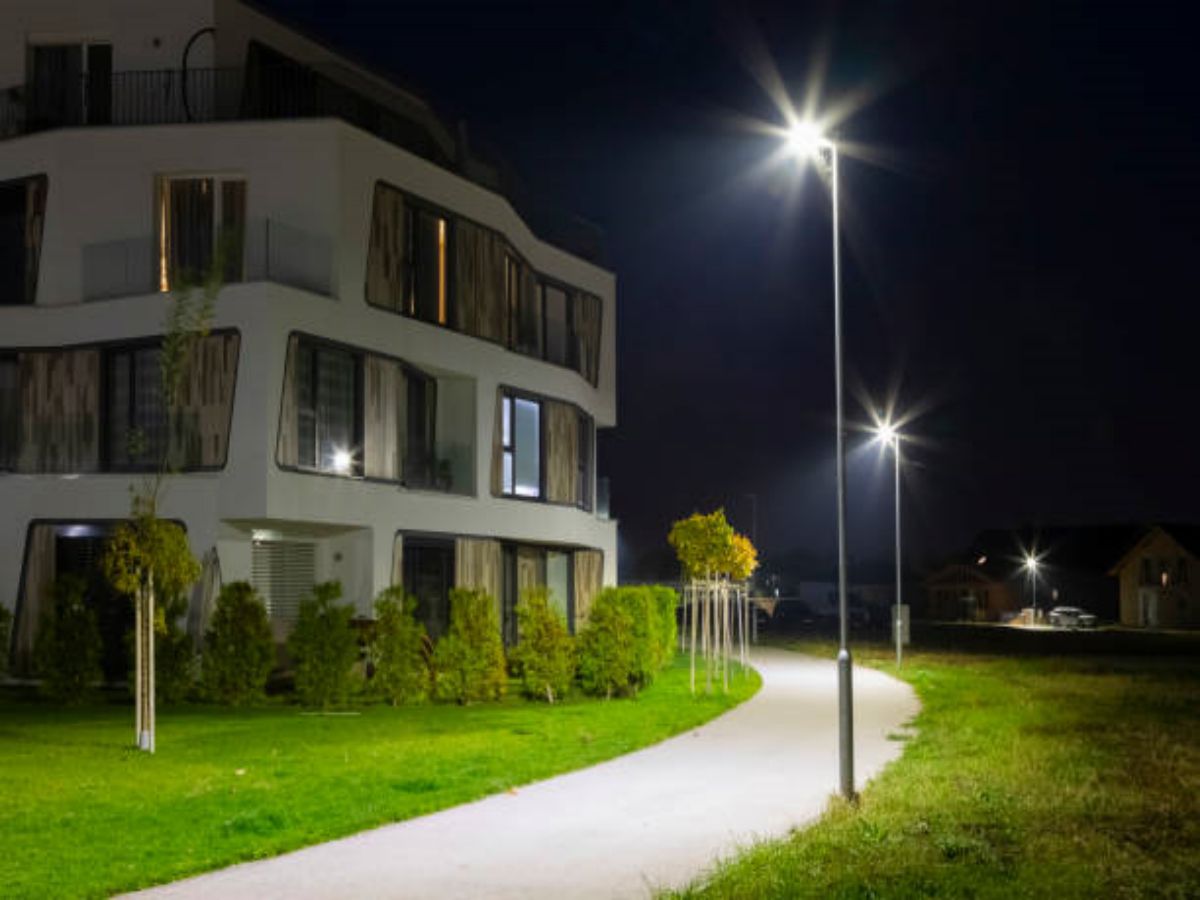Introduction
Waterproofing electrical connectors is an essential step in protecting your electrical systems from moisture damage. Whether you are working on a DIY project or dealing with professional electrical installations, understanding how to properly waterproof connectors is crucial. In this article, we will explore various techniques and products that can help you achieve a watertight seal for your electrical connectors.
Understanding the Importance of Waterproofing Electrical Connectors
Moisture is one of the biggest enemies of electrical systems. When water penetrates electrical connectors, it can lead to corrosion, short circuits, and even electrical fires. That's why it's essential to take proactive measures to waterproof your connectors. By doing so, you can ensure the longevity and reliability of your electrical systems, especially in outdoor or high-moisture environments.
Choosing the Right Waterproofing Technique
There are several effective techniques for waterproofing electrical connectors. The choice of technique depends on factors such as the type of connector, the level of waterproofing required, and the specific application. Let's explore some common methods:
1. Heat Shrink Tubing
Heat shrink tubing is a popular choice for waterproofing electrical connectors. This flexible plastic tubing contracts when heated, creating a tight seal around the connector. To use heat shrink tubing, simply slide it over the connector and heat it using a heat gun or a similar heat source. The tubing will shrink and conform to the shape of the connector, providing excellent moisture resistance.
2. Waterproof Sealants
Waterproof sealants, such as silicone or polyurethane-based products, are another effective option for waterproofing electrical connectors. These sealants can be applied directly to the connectors to create a protective barrier against moisture. Ensure that the sealant you choose is compatible with the materials used in your connectors to prevent any chemical reactions or degradation.
3. Waterproof Connector Caps
For connectors that are frequently disconnected and reconnected, waterproof connector caps offer a convenient solution. These caps fit over the connectors, providing a watertight seal when not in use. They are ideal for applications where connectors need to be exposed to the elements temporarily.
4. Liquid Electrical Tape
Liquid electrical tape is a versatile option for waterproofing electrical connectors. It comes in liquid form and can be applied using a brush or a dip process. Once applied, it dries to form a flexible, protective coating that seals out moisture. Liquid electrical tape is particularly useful for connectors in tight spaces or those with complex shapes.
Best Practices for Waterproofing Electrical Connectors
Now that we have explored various techniques, let's discuss some best practices that will help you achieve optimal results when waterproofing electrical connectors:
1. Clean and Dry Connectors
Before applying any waterproofing method, it is crucial to ensure that the connectors are clean and dry. Remove any dirt, debris, or moisture from the connectors using a lint-free cloth or compressed air. This will ensure a proper adhesion of the waterproofing material and enhance its effectiveness.
2. Properly Size the Connectors
It is important to choose connectors that are the correct size for your specific application. Connectors that are too loose or too tight can compromise the effectiveness of the waterproofing method. Ensure a snug fit between the connectors to prevent any gaps that may allow moisture to penetrate.
3. Follow Manufacturer's Instructions
Each waterproofing method may have specific instructions provided by the manufacturer. It is crucial to carefully read and follow these instructions to achieve the best results. Improper application or use of the waterproofing method can lead to ineffective sealing or damage to the connectors.
4. Regularly Inspect and Maintain
Even with proper waterproofing, it is important to regularly inspect and maintain the connectors. Look for any signs of wear, damage, or moisture ingress. If any issues are identified, take immediate action to repair or replace the connectors to prevent further damage.
Conclusion
Waterproofing electrical connectors is a critical step in protecting your electrical systems from moisture damage. By choosing the right waterproofing technique and following best practices, you can ensure the longevity and reliability of your connectors. Whether you opt for heat shrink tubing, sealants, connector caps, or liquid electrical tape, make sure to prioritize the proper cleaning, sizing, and maintenance of the connectors. By doing so, you can safeguard your electrical systems and minimize the risk of costly repairs or accidents caused by moisture ingress.

